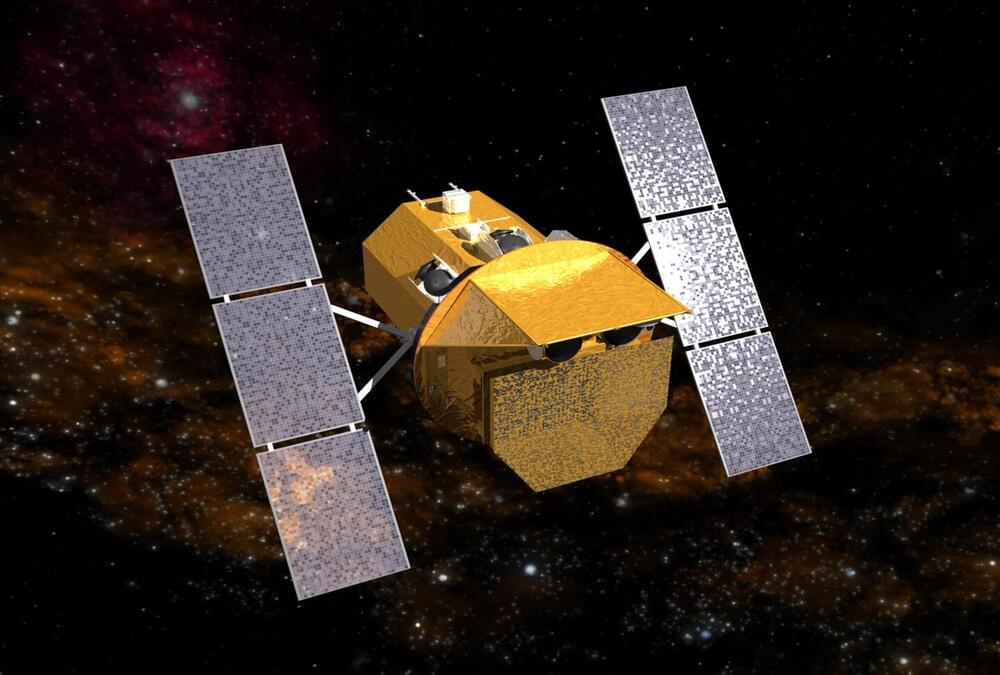The system that produced this outburst is referred to as CXOU J005245.0–722844. It was recently identified by members of the Einstein Probe team and confirmed by the Swift team as the seventh-known example of a Be/White Dwarf X-ray binary. Be/White Dwarf binaries are binary systems in which a white dwarf star orbits a hot young star surrounded by a disk of stellar material. Astronomers expect these binaries to be commonly observed, Gaudin said, and the lack of known examples is a mystery.
“Novae are explosions that happen when material from a nearby star is deposited onto the surface of a white dwarf,” Gaudin said. “After enough material has been built up, the surface undergoes rapid thermonuclear fusion which creates the outburst. Most novae are events that reach moderate luminosities and decay over the course of several weeks. This nova is strange not just in its extremely luminous behavior but also in its short duration.”
The thermonuclear reaction during the nova is similar to a massive hydrogen bomb exploding—the explosion produces electromagnetic radiation that can be seen by telescopes on Earth and in orbit around Earth. According to the researchers, the nova was visible at optical wavelengths, or visible light, for just under a week and in X-rays for just under two weeks.
